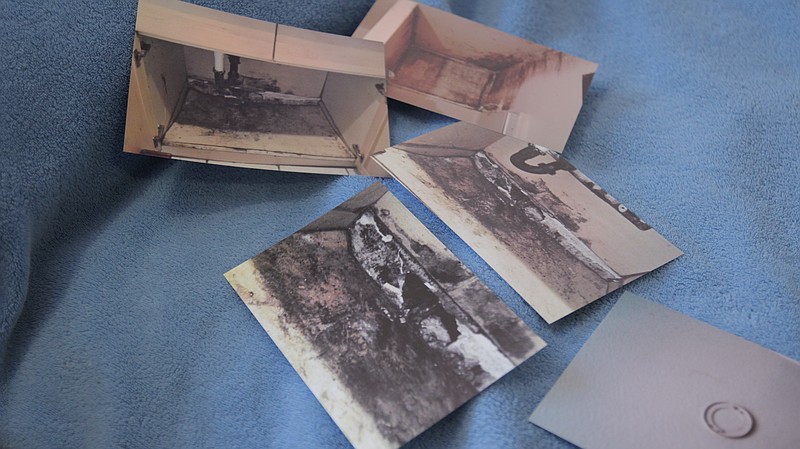
In the News
California Law Gives Tenants New Recourse For Moldy Apartments
-
Focus Areas
Chronic Disease Prevention, Healthy Communities -
Issues
Asthma -
Programs
Regional Asthma Management and Prevention Program

It’s one of the most frequent complaints among California tenants, but until this year there was little they could do about potentially hazardous mold in their units.
Now, state law considers mold a condition of substandard housing.
That means for the first time, renters can report mold problems to the city, which can demand repairs and fine landlords who don’t comply.
Marc Whitham is a tenant rights attorney who said he gets calls about mold on a daily basis. He said until last month, renters had little recourse but to move.
“There are areas like City Heights and Barrio Logan where there are many, many moldy properties,” Whitham said. “And it’s just like, ‘If you don’t want to live here, you’re free to move and I’ll find somebody else.’ And they do — especially if they get a sponge with some Clorox and then throw a fresh coat of paint on.”
Whitham said the problem is particularly bad in low-income communities, but he sees it across income brackets and was a victim of it himself.
“You’re not looking for every little defect under the sun and you might not notice that mold for several weeks or even months,” Whitham said. “By then you might open your closet and find all sorts of things are ruined, they’re just covered in mold. You lose mattresses.”
Mold is also linked to asthma and other respiratory problems. In a 2015 KPBS and Voice of San Diego investigation, one tenant said mold in her bathroom sent her son to the emergency room with an asthma attack. She said the city code enforcement officer told her to “Google mold” for help dealing with it.
San Diego code enforcement officers are already addressing mold complaints under the new law, according to the city. It’s also added four enforcement officers focused on substandard housing and increased response times.
California Sen. Holly Mitchell (Los Angeles–D) authored the bill to amend the Health and Human Safety Code that regulates housing conditions. The California Association of Code Enforcement Officers and Oakland-based Regional Asthma Management and Prevention co-sponsored it.
They point to a 2011 statement from the California Department of Public Health that says visible mold and mold odor in dwellings increases the risk of respiratory disease.
In 2001, the department began studying how much mold poses a risk. After four years of research, health officials told the legislature there is no “sound science” for establishing safety limits for mold in dwellings, but that there is consensus among medical professionals that its presence causes asthma, allergies and respiratory infections.
The lack of any formal guidelines on how much mold is too much is part of why regulation hasn’t existed until now, and why tenants have a hard time arguing for damages in court.
The San Diego Apartment Association, which represents local landlords, opposed the bill. The group’s Director of Public Affairs, Molly Kirkland, said the amendment to the housing law “goes overboard in defining any amount of any mold as a substandard housing condition” and doesn’t “provide a workable standard for determining when a violation is cured.”
“The law is still new so we won’t know the true unintended consequences until we are notified that property owners and managers have received violations and get information on their experiences in trying to cure them,” Kirkland said. “In the meantime, we will continue to encourage our members to immediately address sources of moisture and provide additional education on the subject.”
The health and safety code already considered “dampness of habitable rooms” a substandard housing condition. This year’s amendment adds “visible mold growth, as determined by a health officer or a code enforcement officer, excluding the presence of mold that is minor and found on surfaces that can accumulate moisture as part of their properly functioning and intended use.”
For the full article, audio clips and video, view the story at KPBS.
Originally published by KPBS
More Updates
Work With Us
You change the world. We do the rest. Explore fiscal sponsorship at PHI.
Support Us
Together, we can accelerate our response to public health’s most critical issues.
Find Employment
Begin your career at the Public Health Institute.



